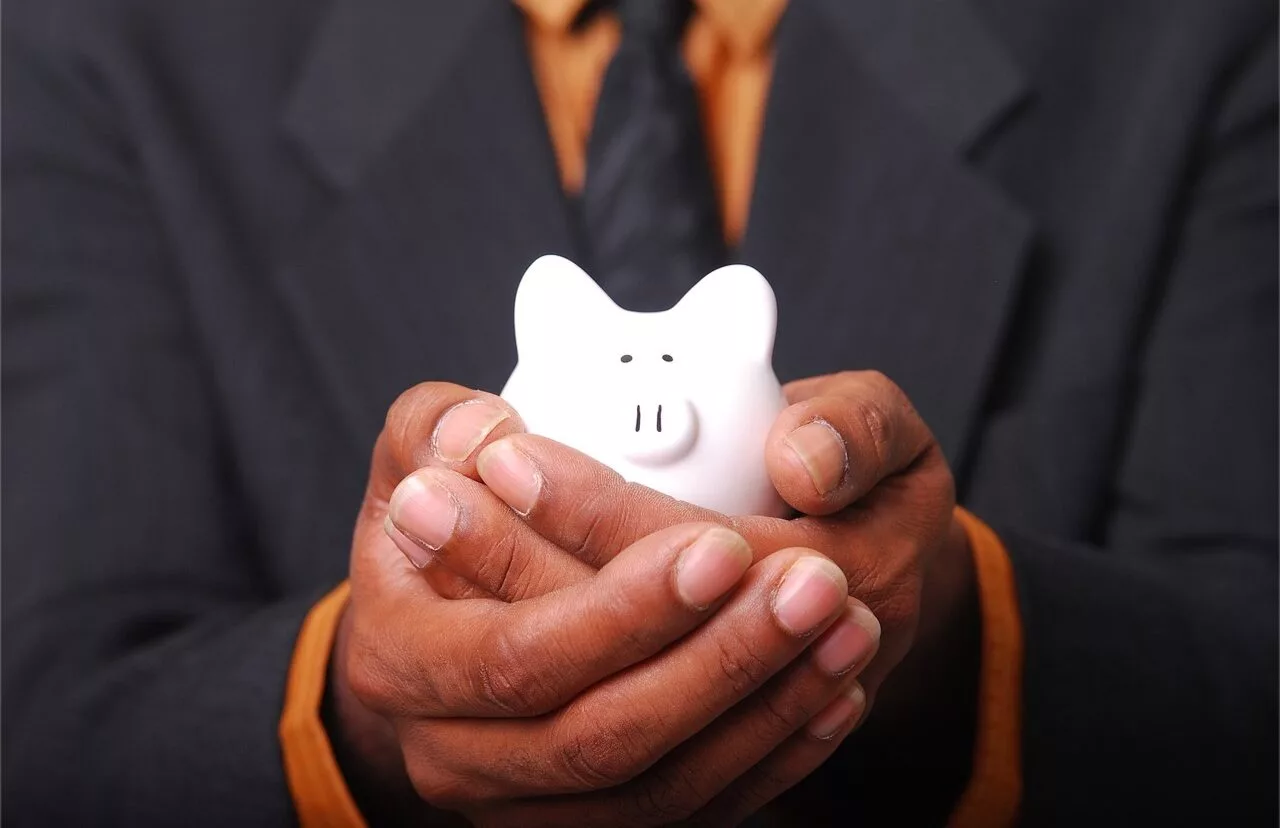
No matter what your financial goals are, you need to have an effective method for adding to your savings. Whether you’re planning for retirement, managing your family’s finances, or even just looking to take a few vacations, a personal savings plan is essential to keeping your money in order. Without this kind of plan, your finances just happen to you, and you’re at the mercy of creditors, utility companies, and even your own spending habits.
Too many people lack an effective personal savings plan, but the good news is that it’s never too late to start. No matter where you are in your financial life, you can decide to set up — and grow — a personal savings plan with a few simple steps.
What Is a Personal Savings Plan?
From a bird’s eye view, a personal savings plan is simply a structure that lets you put away some money for the future, freeing up your assets either for a specific goal or just to be financially healthier. The specific tools you use and the goals that you have for your savings plan may vary wildly from your friends, but the general idea is the same.
For most people, a personal savings plan consists of several components, each prompting a few questions you need to answer.
| Intention | What are you saving for? Do you have a specific goal in mind, or is your savings plan just to prepare for a rainy day? |
| Budgeting | How much money do you have coming in? How much money can you afford to spend each month? How do you keep track of your money? |
| Financial Tools | Where are you keeping your money? Are you working with banks, financial planners, or investment firms? What kind of risk do you want to take with your savings? |
Intention
Before setting up your personal savings plan, you should take a moment to consider what you’re saving for. When it comes to setting any goal, it’s important to visualize what success looks like. So, for you, does a successful personal savings plan mean you’ll have enough money to retire comfortably and travel in old age? Will you be able to pay for your children’s college tuition without the need for loans? Do you intend to retire early? Perhaps you have smaller goals for the near term, such as paying for a new roof coating or a landscaping project, or even something arbitrary such as “Keep $10,000 in a savings account.”
All of those goals are valid and can help direct your savings plan. For each of those goals, the tools you’ll use and the amount of risk you’ll tolerate to accomplish those goals will shift. More immediately, however, the intention behind your personal savings plan will help shape your budgeting strategy.
Budgeting
There are many programs and apps to help you keep track of your finances. Some of these tools involve complicated yet powerful software that can help you visualize where your money is coming from and where it’s going. For those who want to save money even here and have a bit of computer know-how, you can even assemble a financial tracker and budgeter online using Google Sheets for free. You’ll have to do the hard work of setting it up and organizing it, but it won’t cost you a cent. Whether you’re using QuickBooks or a physical ledger on pen and paper, you must take the time to examine your financial standing.
Once you have a firm idea of how much money you have coming in from your revenue streams (such as salaried or hourly employment, freelance work, rental properties, investment dividends, etc.), you need to determine your fixed obligations. These obligations consist of things you must pay every month, regardless of anything else. Such items are your mortgage or rent, insurance premiums, car payments, loan repayments, and utilities. These expenses are the same amount at the same time every month, so you must always have enough funds for each of them. Then, factor in your regular expenses, such as food, gas, and everyday lifestyle expenses. Finally, determine how much you regularly spend on miscellaneous items, such as dining out, going to the movies, or buying clothes.
Many of your accounts or cards already have online banking, so the information is available to you. Schedule some time over your week to write down what institutions you have money or debts with, then access their online banking platforms and consolidate all that information into your budget.
Depending on your financial situation, you may find that you don’t need to make any changes. For most people, however, the budgeting phase leads to introspection and an opportunity to determine what unnecessary costs you can cut. The decision not to pay for a cup of coffee on the way to work two times per week can have a significant impact over months and years.
Financial Tools
Odds are, you’re already using several financial tools to manage your money. Many of the most effective ones are free and readily available. Aside from anything you use for budgeting purposes, your financial tools can include any of the following programs and instruments.
- Savings Accounts – Currently, rates are so low that savings accounts are mostly there to make your money accessible but a little harder to spend on a whim
- Checking Accounts – Where you’ll keep the money needed to pay bills
- Certificates of Deposit / Bonds – An extremely safe and reliable investment with a relatively low return, available both from private banks and the Treasury
- Stocks / Market Investments – Riskier investments that can bring a potentially greater return
- Real Estate – Purchasing additional property can bring in rental payments as a form of revenue while investing in the land, though it comes with the responsibility of maintaining the property
- Riskier Investments – Things like cryptocurrency and speculative investment. Tread lightly here, and never put more money into them than you’re willing to lose
There are other options that you can consider, but you can build a successful personal savings plan just by relying on safe investments and your checking or savings account. Regardless of your financial standing, if you take steps to create a personal savings plan, you’ll be able to accomplish your goals and learn a lot about your spending habits along the way.

